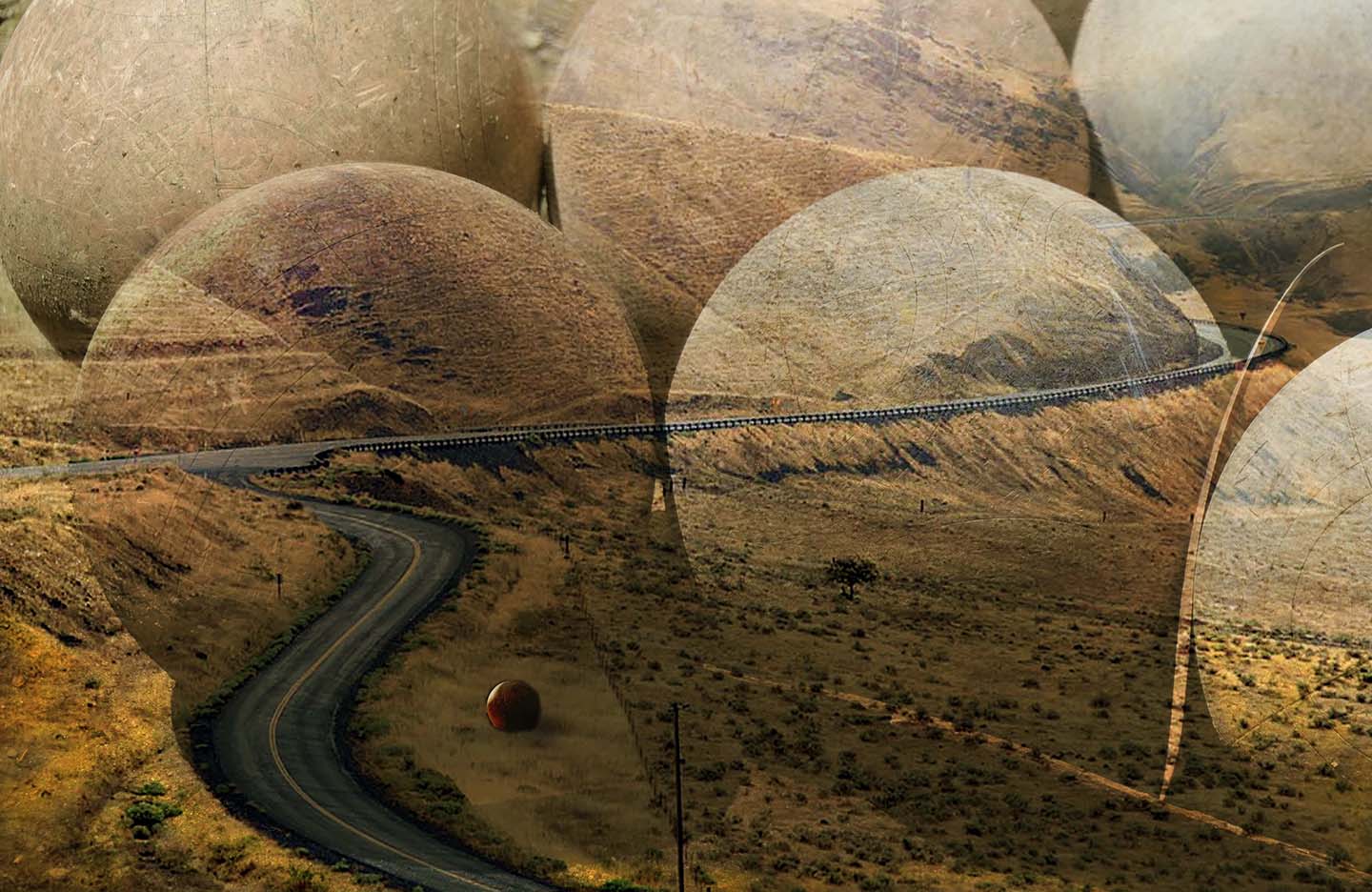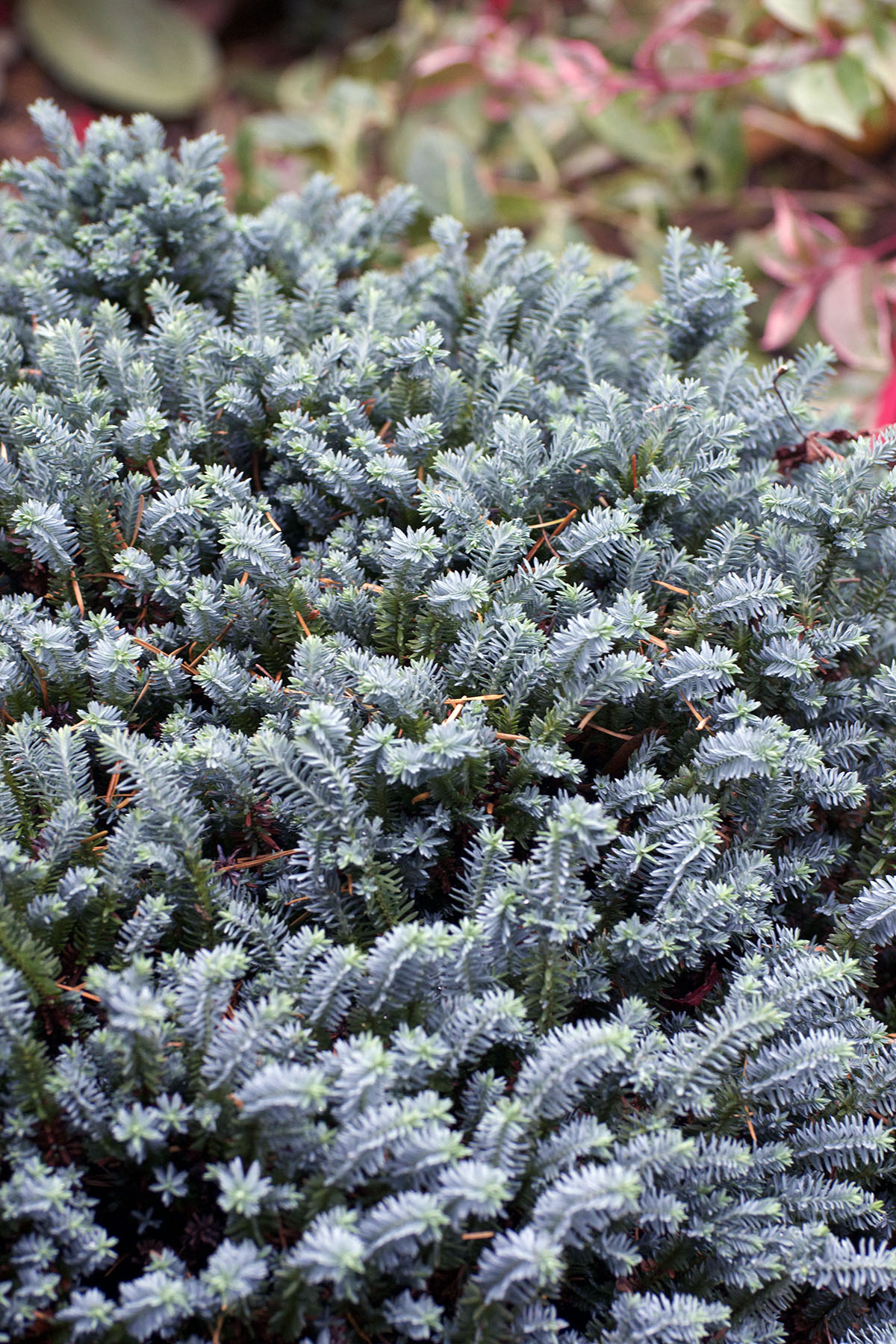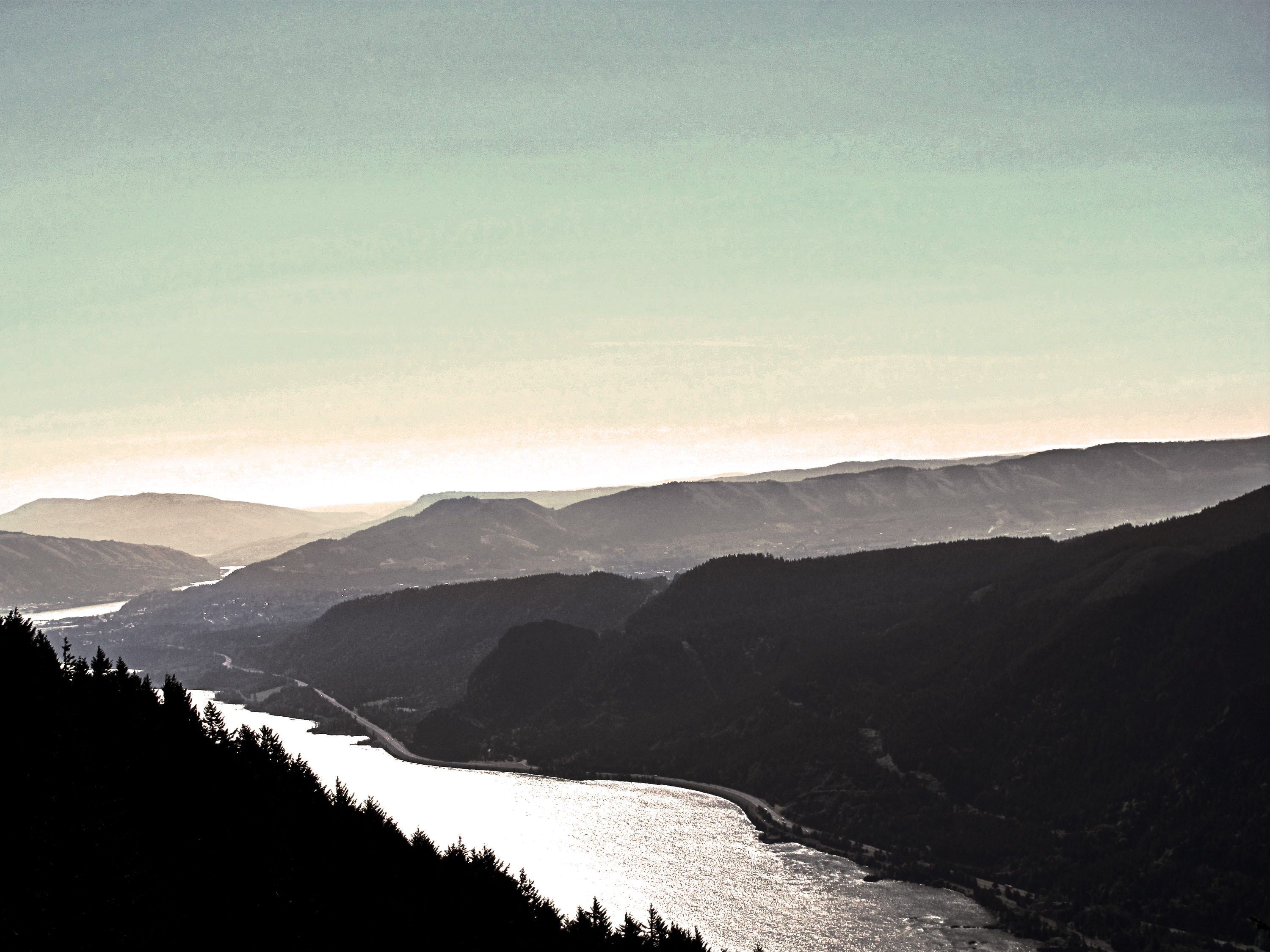Driving east on Highway 14, you are surrounded by a desert landscape with lots of transmission towers and electricity lines. The view brings to mind the problems with our electric grids. Here are just some of the issues we’re facing:
- Grids do collapse, leading to black-outs both during intolerable heat or cold spells when demand exceeds supply, like the December blackout in Texas in 2021.
- Grids are threatened in their security, open to physical attacks as well as hacking. North Carolina, Nevada, Oregon and Washington state have experienced almost 1000 physical attacks against the electric grid in the last decade, for example.
- Grids have caused wildfires, leading to enormous human, infrastructure and economic loss.
- Grids in many states lack federal oversight, and can also set their own price range dependent on demand – prices have been as low as $20-$50 a megawatt-hour versus more than $4,000 during periods of stress, and the grid operators pull every trick in the book to keep these pricing structures intact.
- Grids will be affected by the increasing demand from electric vehicles and heat pumps. Increased demand meets less supply during decarbonization efforts trying to shut down nuclear- and fossil-fuel plants. The grids do not yet have sufficient capacity to take in renewable sources of energy and deliver them reliably when needed.

As so often, many of these problems are caused by one simple thing: greed. Take wildfires, for example. Grids in California, Texas and Hawaii are operated by private companies. There is very little oversight as to how they maintain their grids. The money necessary for modernization is spent elsewhere.
As U.S. District Judge William Alsup, in charge of PG&E’s criminal probation for utility-caused wildfires in 2010, stated: “Pacific Gas & Electric Company, though the single largest privately-owned utility in America, cannot safely deliver power to California. This failure is upon us because for years, in order to enlarge dividends, bonuses, and political contributions, PG&E cheated on maintenance of its grid — to the point that the grid became unsafe to operate during our annual high winds, so unsafe that the grid itself failed and ignited many catastrophic wildfires.” (Ref.)
The same accusation is now raised with the Maui fires. Hawaiian Electric is charged with gross negligence, accused of consciously delaying grid repair and maintenance, updating efforts that would have avoided the deadly fires. (Ref.)

One of the ways that could reduce wildfire risk is putting the power lines underground, but that is wildly expensive. It also leads to further divisions among the rich and the poor: low-income communities have an increased wildfire safety deficit, because longstanding policies require communities to pay a huge share of putting power lines underground, and they simply cannot afford that.(Ref.) PGE for decades refused to do this for its own hesitancy to spend money, but has come around since the California Camp and Dixie fires, the Mosquito fire possibly as well, but estimates a cost of $ 20 billion, which will be turned over to consumers. A frightening but informative book on the entire debacle, by the way, is Katherine Blunt’s California Burning.
Wires could be better maintained, with regular crews cutting branches that could touch wires and ignite, or fall on them and down the wires which then spark dry grass into fire. There is also the possibility of public safety power shut-offs, when wind and heat make the situation particularly dangerous. But those black-outs have consequences, not just for productivity reasons, but medical reasons as well, with people dependent on electricity for lifesaving appliances.
Privately owned utilities make money on large capital investments that boost the overall value of their systems. They do not make money on day-to-day operations and maintenance expenses like inspections and tiny replacements here and there. Under pressure to cut expenses, they ultimately cut expenses to the point where they aren’t doing enough to evaluate the risks throughout the system. For the very same reason, they do not add changes to the grid that could improve transmission by up to 30% and lower prices at the same time.

To reach our climate goals, we need to expand grid capacity by 43% in 2035, according to Princeton University’s Repeat Project. Yet we are looking at years and years of wait time to get renewable power sources connected to the transmission lines. In the meantime we could use a new technology: laser sensors that can send the companies real time data about the status of the power lines, to make decisions about sending juice down the line. They are part of a package of transmission enhancing technologies that can tie us over until enough new lines are in place. They include wires that can carry more transmissions, software that helps to avoid congestions, and laser sensors, that tell us about exact wind, heat and wire sag conditions, allowing to determine what is safe in terms of power line load. (Ref.) The “dynamic line rating” tells the utility when a wire is cool enough to be able to handle more electricity flow.
The problem, here again, is that the incentives to use these relatively cheap measures are counteracted by the fact that electricity company get rewarded for building new and more infrastructure, rather than updating what is already there.
“That means big expensive projects like new transmission towers are enticing for a utility’s balance sheet– and its shareholders. Lower cost technologies – like sensors or rewiring an existing line – don’t seem as appealing in comparison, says Marissa Gillett, chair of Connecticut’s Public Utilities Regulatory Authority.” (Ref.)
There are two potential things that could be done to improve the grid security situation. For one, we could have a federal agency that had authority over the entire electric grid – right now there is none in place whatsoever. It could ask for and enforce a potential law, a Grid Security Act that shifts the burden of risk – now on all of us – to the utilities and providers. That law could be modeled on what Congress enacted to address widespread corporate fraud in another self-regulatory environment (Wall Street) after the Enron debacle. Sections 302 and 404 of the Sarbanes-Oxley Act require that the Chief Executive Officer (CEO) and Chief Financial Officer (CFO) of publicly traded companies certify annually (under civil and criminal penalties) that the company has adequate internal controls for disclosure and financial reporting.
Secondly, we should pass a bi-partisan whistleblower protection provision proposed by Senator Chuck Grassley (R-IA) and Senator Edward Markey (D-MA) in 2020 (which was derailed by COVID-19 and never brought to a vote.) It would provide protections to employees of the electric grid – right now it is completely legal under federal law for an electric grid utility to fire an employee who reports violations of, for example, reliability or critical infrastructure protection standards.
Photomontages today are some examples of a new series that evolved out of my work on Jan Haaken’s documentary film explaining the false promises of a nuclear renaissance. My recent blog about the film Atomic Bamboozle and the danger of small modular reactors can be found here. The images represent these SMRs, but I thought for today’s musing they might as well stand in for all the balls we dropped by not reining in private ownership of the electric grid and making sure public interest and safety comes first.

Music today by one of my favorite composers, Leos Janáček. In the opera Káťa Kabanová a couple worries about an approaching storm. She starts to tell him about the new invention of lightning rods. He angrily refutes the idea that storms could carry electricity and insists they are a punishment from God. You know how that will end, right? Aria starts around 1.18.01












































































